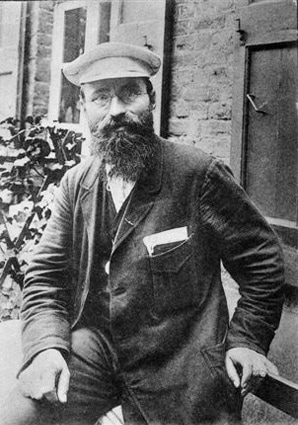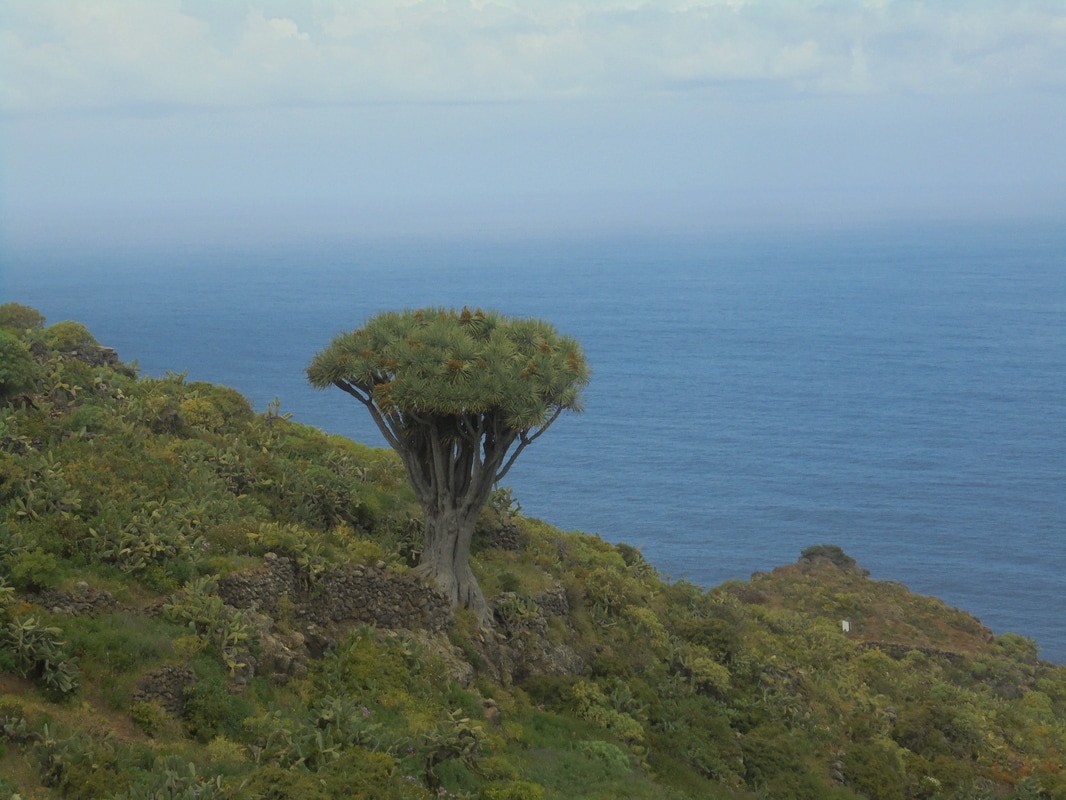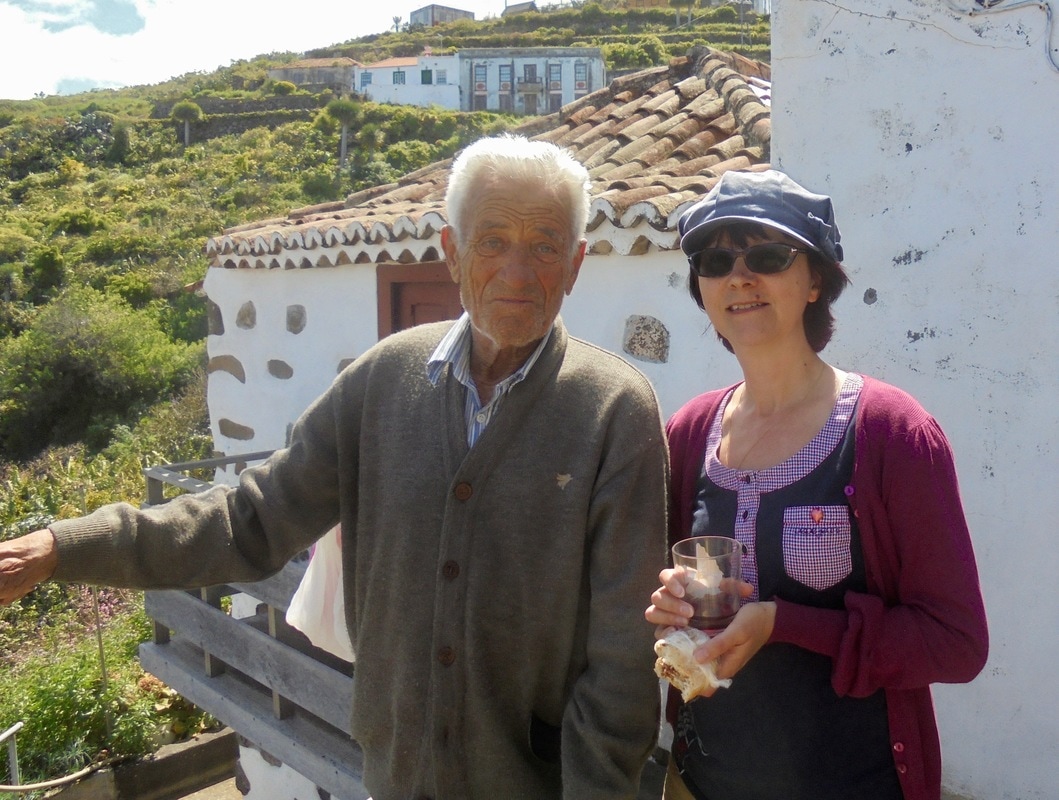In Germany, between the Rhine and Moselle rivers, lies the town of Bad Sobernheim. The town boasts a spa that is the living legacy of one the most important figures in the history of both homeopathy and naturopathy. This man was the German Protestant Pastor Emanuel Felke (1856 – 1926). Unfortunately, outside of his native Germany, modern naturopaths and homeopaths seem to have somewhat forgotten him and seldom give this great inspirational healer, the overwhelming international recognition that he still so richly deserves to this day. I hope that this blog will help set things right.
In his day he was a truly pioneering figure that had the revolutionary idea of promoting homeopathy and naturopathy as combined methods of treatment. When he was a child, homeopathy was used extensively in his family home and he developed a lifetime enthusiasm for Hahnemann’s homeopathic methods. The classical homeopathic approach was sometimes enough in itself, if there was an acute condition, but if disease persisted, life style changes would have to be considered and made. In cases of chronic disease, the combination of complex homeopathy and naturopathy used together promoted a greater effect, as he believed that single remedy prescriptions in themselves were sometimes not sufficient for sustained healing. Emanuel’s love for natural medicine was tempered by his conclusion that the sophisticated “cultured man” that had evolved in the latter half of the 19th and early part of the 20th century, was unlikely to return to nature to a degree that would allow him to lead a completely pollution free natural existence. Leading a ‘sensible life’ was the center of Felke’s philosophy and this meant using naturopathy and homeopathy in conjunction with one another. He was an eclectic, not frightened of crossing boundaries that he saw little need to have been imposed in the first place.
Unfortunately, not everyone was on his side. Dr. C. Diehl, for instance, was one of numerous voices criticising this approach. He called the synthesis of homeopathy and naturopathy a “jumble” and spoke rather disparagingly of Felke’s approach: “What in Felke’s method is his own spiritual property? Nothing at all as he puts homeopathy and natural healing into one pot”. Some homeopaths attacked him for going against Hahnemann’s pure doctrine by using complex homeopathy instead of just using a single remedy.
Ironically, it was this ‘mishmash’ for which he was criticised, that became the secret of his success. Felke’s followers grew in number. By the mid 1930’s after his death, his legacy lived on. His ‘Association For Natural Living And Healing’ grew to more than more than 4000 members. Felke himself admitted that he was not the creator of any one method, but we can see that he was a conductor of both natural medicine and homeopathy so that they could perform harmoniously together like instruments in an orchestra. His modesty led him to state: “If you ask now whether I have not thought out and invented anything of my own I say ‘no’ and ‘no’ again”. At the center of Felke’s therapy concept stood the whole person whose active contribution was central to the healing process. As a Pastor he saw himself as an instrument of God and he always considered himself to be to be “a physician for body and soul.”
So what is the legacy that he left us with? It is simply that homeopathy can be seen as a backbone to healing, but it also needs naturopathy to support and sustain it. Homeopathy should be combined with the healing influences of light, air, therapies using water and clay, exercise and nutrition. His theory was that the effects of homeopathy run parallel with those of naturopathy. There is a famous spa in Germany in the town of Bad Sobernheim named after him. It still carries out his suggested treatments to this day. Felke was also a keen advocate of iridology and its use as a diagnostic tool. There is an institute named after him in Gerlingen in Germany that trains students to become iridologists.
He once predicted that: “homeopathy would one day be the bridge on which the hostile brothers from orthodox medicine and natural medicine would meet, embrace and kiss one another”. To date this dream has got a long way to go if it is ever to be fulfilled, but many holistically minded people are sincerely hoping that this dream will eventually become a reality. Emanuel died 90 years ago, but I hope that we can keep his dream alive and make his legacy flourish.
In his day he was a truly pioneering figure that had the revolutionary idea of promoting homeopathy and naturopathy as combined methods of treatment. When he was a child, homeopathy was used extensively in his family home and he developed a lifetime enthusiasm for Hahnemann’s homeopathic methods. The classical homeopathic approach was sometimes enough in itself, if there was an acute condition, but if disease persisted, life style changes would have to be considered and made. In cases of chronic disease, the combination of complex homeopathy and naturopathy used together promoted a greater effect, as he believed that single remedy prescriptions in themselves were sometimes not sufficient for sustained healing. Emanuel’s love for natural medicine was tempered by his conclusion that the sophisticated “cultured man” that had evolved in the latter half of the 19th and early part of the 20th century, was unlikely to return to nature to a degree that would allow him to lead a completely pollution free natural existence. Leading a ‘sensible life’ was the center of Felke’s philosophy and this meant using naturopathy and homeopathy in conjunction with one another. He was an eclectic, not frightened of crossing boundaries that he saw little need to have been imposed in the first place.
Unfortunately, not everyone was on his side. Dr. C. Diehl, for instance, was one of numerous voices criticising this approach. He called the synthesis of homeopathy and naturopathy a “jumble” and spoke rather disparagingly of Felke’s approach: “What in Felke’s method is his own spiritual property? Nothing at all as he puts homeopathy and natural healing into one pot”. Some homeopaths attacked him for going against Hahnemann’s pure doctrine by using complex homeopathy instead of just using a single remedy.
Ironically, it was this ‘mishmash’ for which he was criticised, that became the secret of his success. Felke’s followers grew in number. By the mid 1930’s after his death, his legacy lived on. His ‘Association For Natural Living And Healing’ grew to more than more than 4000 members. Felke himself admitted that he was not the creator of any one method, but we can see that he was a conductor of both natural medicine and homeopathy so that they could perform harmoniously together like instruments in an orchestra. His modesty led him to state: “If you ask now whether I have not thought out and invented anything of my own I say ‘no’ and ‘no’ again”. At the center of Felke’s therapy concept stood the whole person whose active contribution was central to the healing process. As a Pastor he saw himself as an instrument of God and he always considered himself to be to be “a physician for body and soul.”
So what is the legacy that he left us with? It is simply that homeopathy can be seen as a backbone to healing, but it also needs naturopathy to support and sustain it. Homeopathy should be combined with the healing influences of light, air, therapies using water and clay, exercise and nutrition. His theory was that the effects of homeopathy run parallel with those of naturopathy. There is a famous spa in Germany in the town of Bad Sobernheim named after him. It still carries out his suggested treatments to this day. Felke was also a keen advocate of iridology and its use as a diagnostic tool. There is an institute named after him in Gerlingen in Germany that trains students to become iridologists.
He once predicted that: “homeopathy would one day be the bridge on which the hostile brothers from orthodox medicine and natural medicine would meet, embrace and kiss one another”. To date this dream has got a long way to go if it is ever to be fulfilled, but many holistically minded people are sincerely hoping that this dream will eventually become a reality. Emanuel died 90 years ago, but I hope that we can keep his dream alive and make his legacy flourish.



 RSS Feed
RSS Feed
